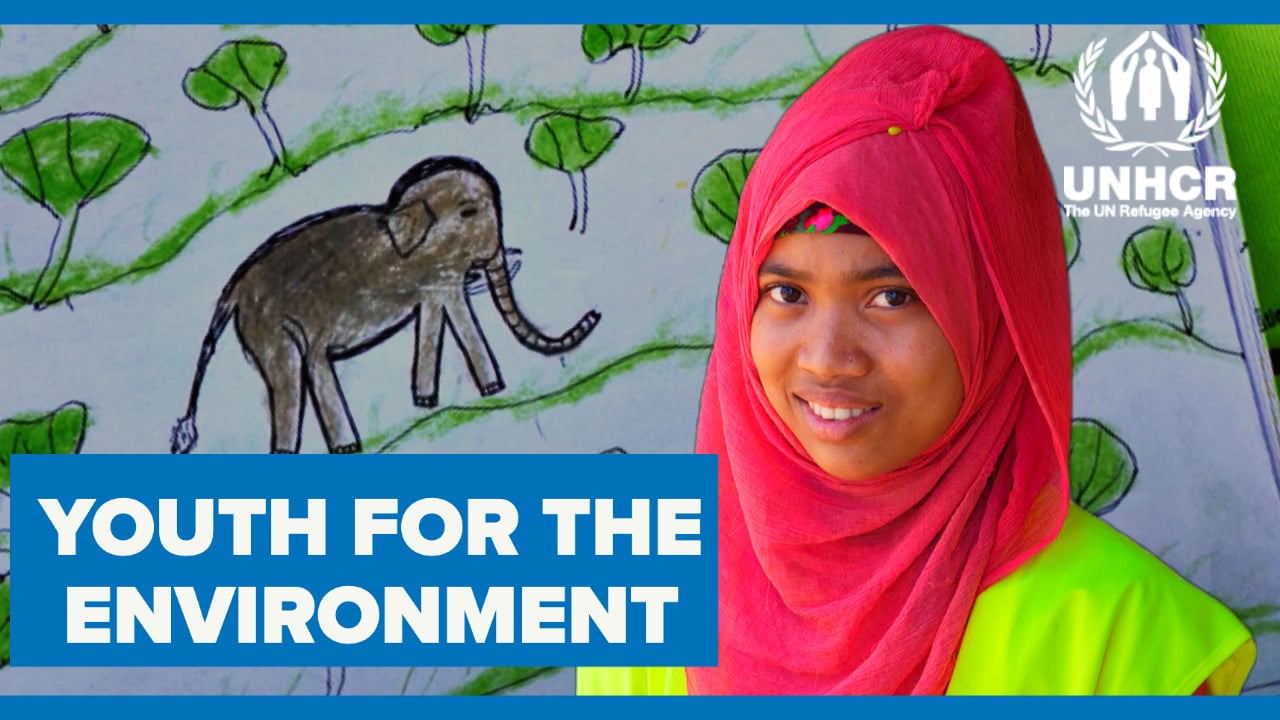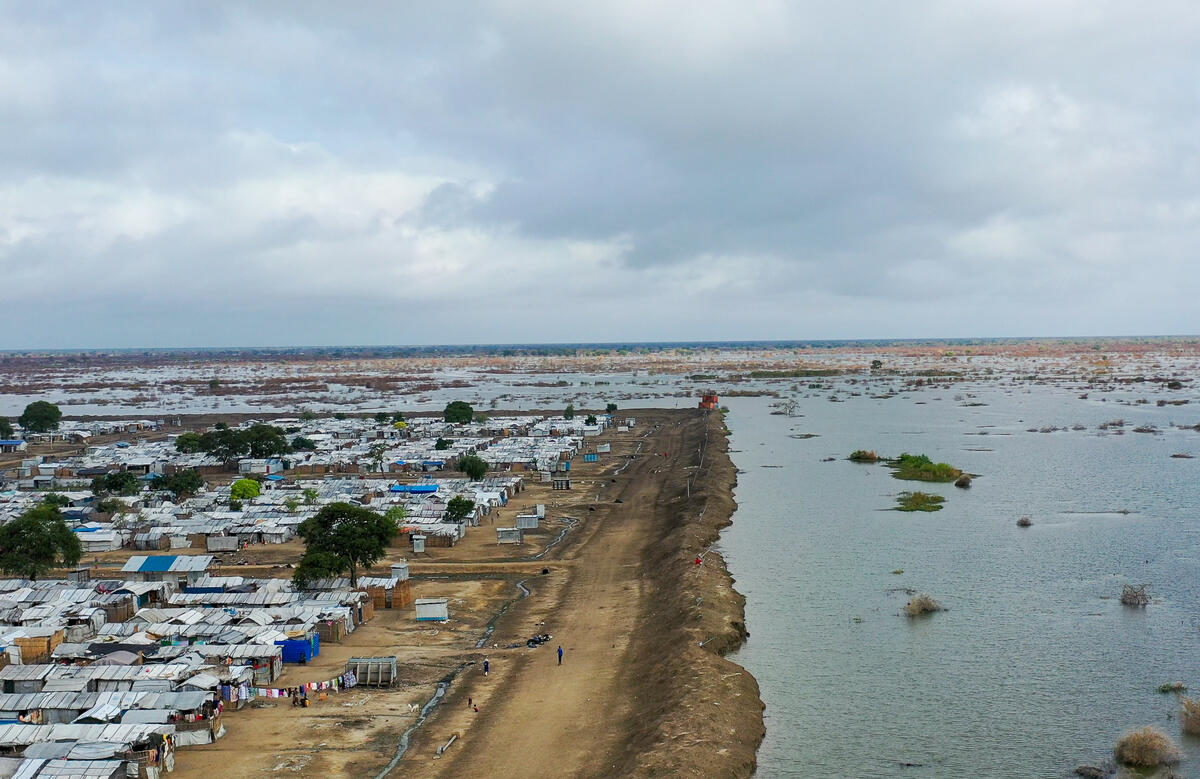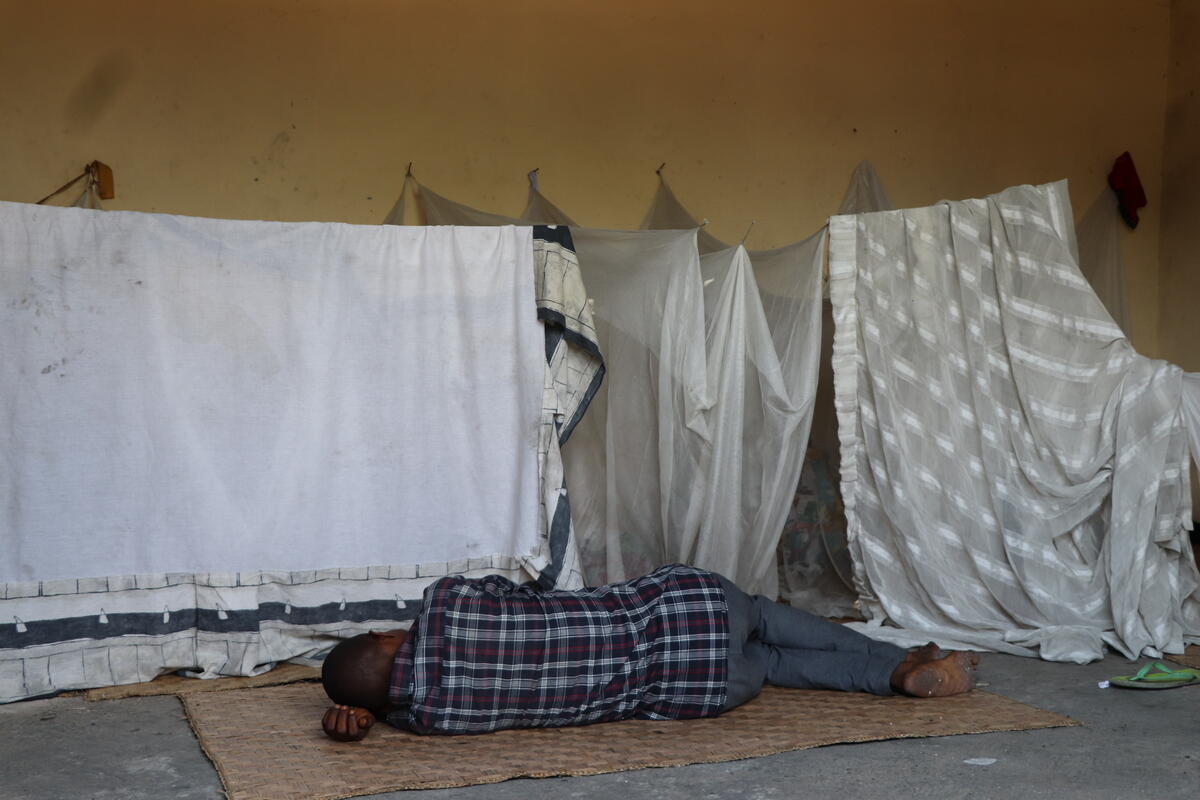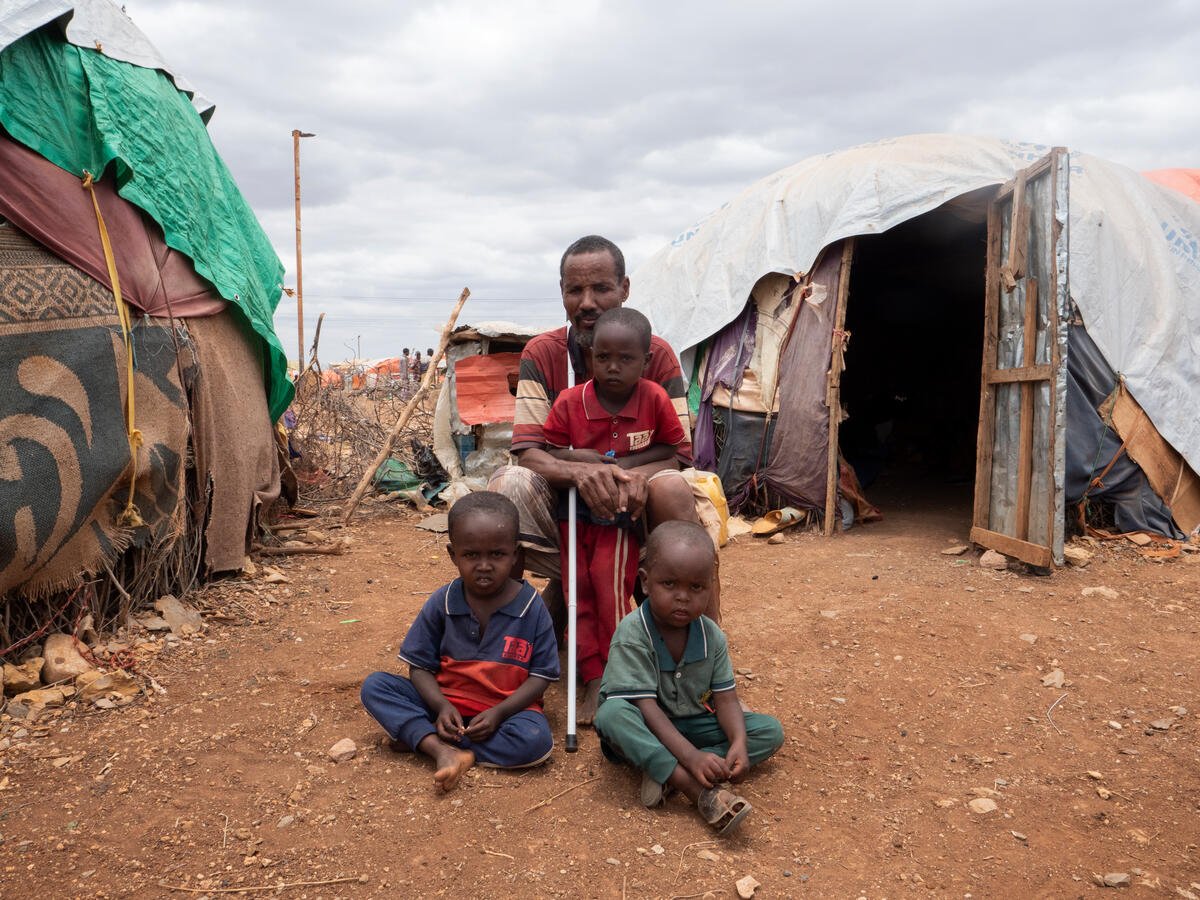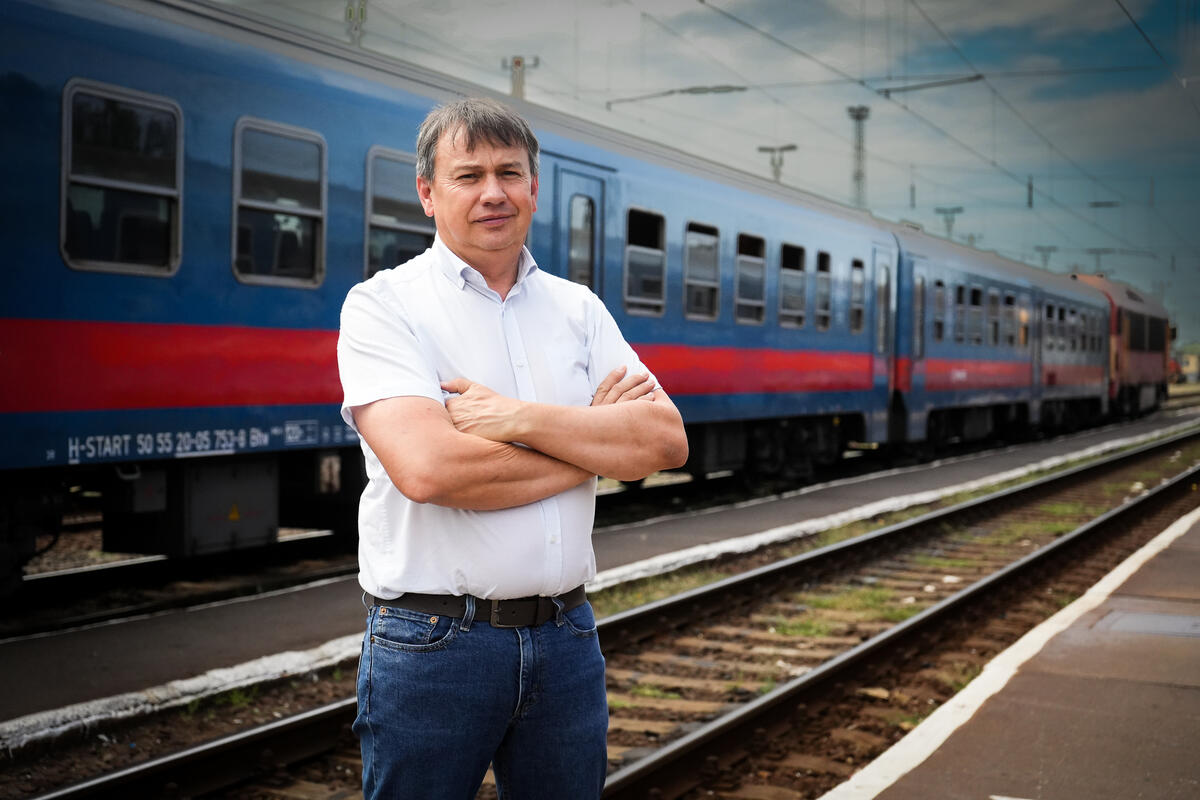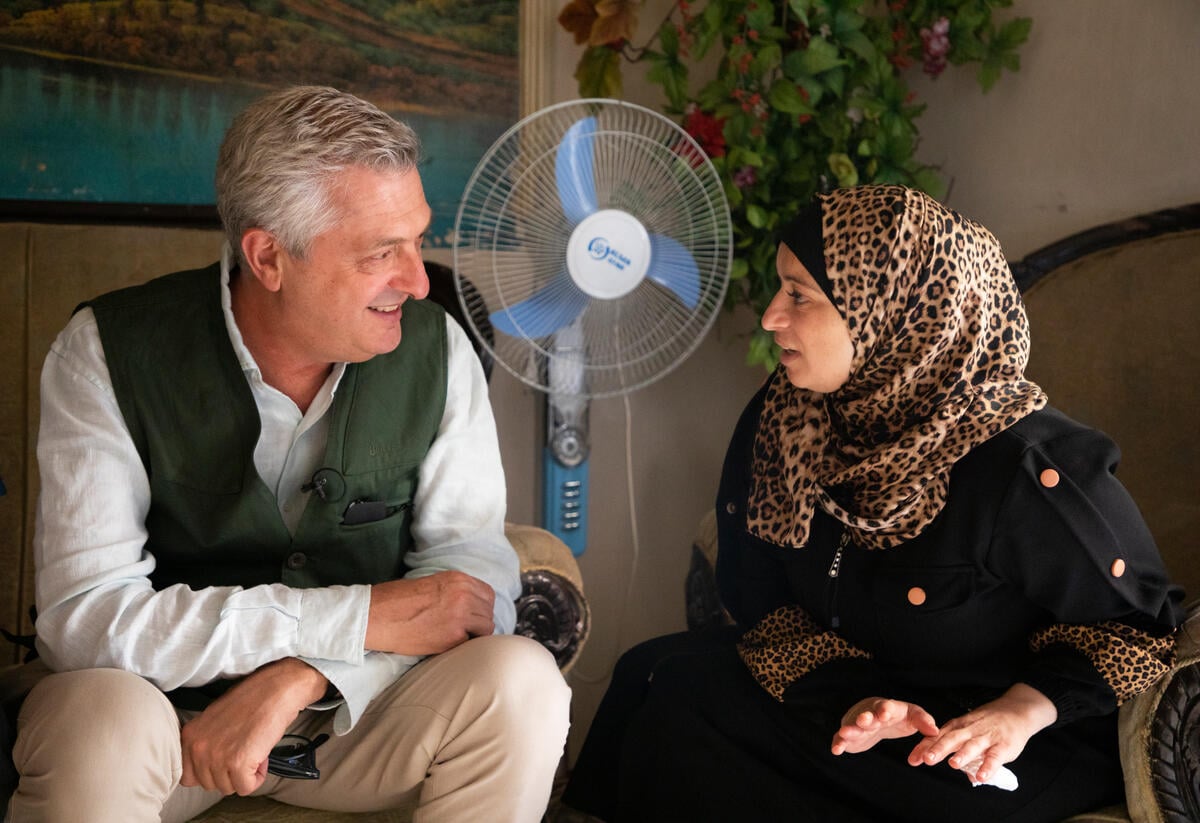Rohingya refugees race to fix up shelters as monsoon looms
Rohingya refugees race to fix up shelters as monsoon looms

KUTUPALONG CAMP EXTENSION, Bangladesh – On a patch of dirt in this sprawling informal settlement, Rohingya refugee Hafsa, 55, and her husband Mohammed, 60, supervise the construction of a sturdy shelter in a race against time.
They have four hefty 25-foot bamboo poles which serve as load-bearing pillars, provided as part of a kit by UNHCR, the UN Refugee Agency. In addition, the sets provide thinner pieces of bamboo, as well as tarpaulins and tool kits of hammers, nails and plastic ties, to waterproof the shelter against the monsoon rains expected in March.
“We now have what we need to build, and, God willing, the shelter will remain solid while we stay here,” Hafsa said.
During the first weeks after late August, when Rohingya refugees arrived from Myanmar in Bangladesh, there was little time to plan the location or construction of dwellings. Whatever bamboo or sheeting that could be procured locally was assembled to provide basic relief from the elements.
Now that the displacement has slowed -‑ leaving 655,000 refugees hemmed into this area, the majority in the extended Kutupalong camp -- the focus is turning to providing better shelter materials, helping refugees build more robust structures, and, where possible, relocating families to more stable ground.
“We have a huge amount of work to do.”
All this aims at saving lives before the rainy season starts in a few months’ time. After that, this low-lying land, interspersed with rolling hills, will become susceptible to landslides and flash floods.
“We have a huge amount of work to do,” said Richard Evans, UNHCR’s senior shelter specialist in Cox’s Bazar. “Before the monsoon comes, we need to move as many people as possible to higher ground, and keep providing shelter kits.”
So far, UNHCR has distributed 30,000 shelter kits and has a target of 80,000 by March. In all, there are about 100,000 shelters in Kutupalong.
To push this second phase forward, UNHCR and its partners are working with community leaders to advise families on positioning their homes, as well as helping with construction. Further support for thousands of families in the sprawling settlement includes digging drainage channels and evacuating smoke from cooking fires.
Among those who have been helped is Salim, 80, who has managed to arrange his shelter in a more robust manner, with the help of BRAC, a local non-governmental organization and UNHCR partner, and neighbours.
He built shelving, a mezzanine storage area and an elevated bamboo doormat. The sides of his new shelter are made from tarpaulin supported by bamboo, expertly split and woven from thinner strands, an activity that is commonplace in the camp. These efforts should help the dwelling better weather the coming storms.
"We keep this shelter clean and tidy and I try to improve it when I can.”
“I built this with some others,” he said. “Our needs are great, but we keep this shelter clean and tidy and I try to improve it when I can.”
There is a communal aspect to shelter-building in the camp. The activity helps young men who have little prospect of employment feel valued. In many cases, communities and extended families that lived together in Myanmar, and may have crossed together, help each other with construction.
Indeed, the techniques and materials are not unlike those previously used by the community in Rakhine state, missing perhaps the concrete foundations and timber favoured by the wealthiest.

One challenge in Kutupalong is environmental. When refugees first arrived in large numbers last year, many stripped the vegetation for fuel, even digging out roots. That, in turn, will aggravate the problem of landslides and soil erosion when the monsoon arrives. Rainwater will gush down the hillsides, filling existing pools of stagnant water on lower land.
UNHCR has been trying to offset the environmental damage by providing compressed rice husks for fuel. The bamboo, meanwhile, comes from sustainable sources in the Chittagong region.
Early thinking is also taking place to reinforce shelters after the monsoon. So far, it is assumed that the bamboo and tarpaulin model will be retained. The kinds of tents and caravans used in other refugee settings do not appear suitable for the region’s topography and climate.
Your support is urgently needed to help the children, women and men refugees in Bangladesh. Please give now.
- Over half a million Rohingya refugees have fled violence in Myanmar. Follow the crisis here.


